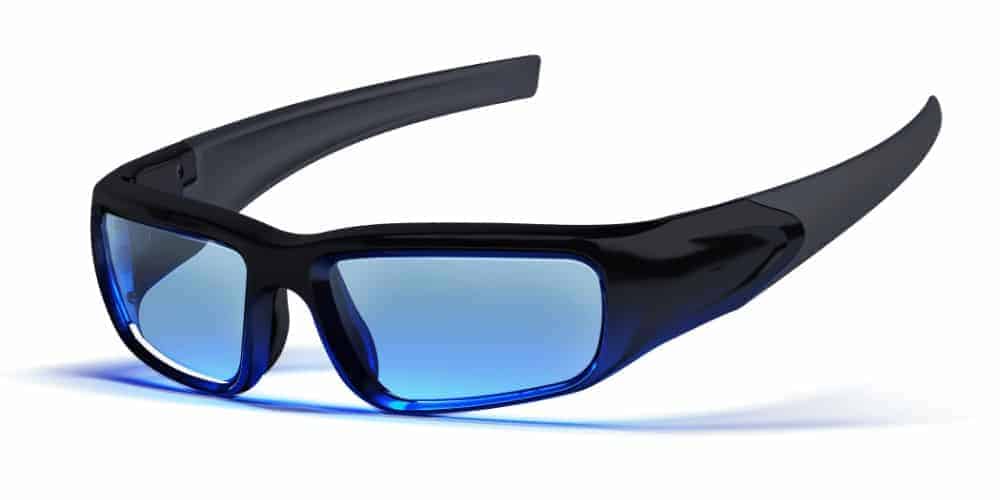Copyright 2021 Chrono Eyewear BV
Many people with ADHD suffer from the so-called Delayed Sleep-Phase Syndrome (DSPS), also known as sleep rhythm disturbance. Treatment is in the field of a psychologist, psychiatrist or other specialist. DSPS is a chronic disorder in which the patient’s biological clock is out of sync with the wake-up / night-sleep pattern of most adults and adolescents. People with ADHD and DSPS usually do not fall asleep until very late and also have problems getting up in the morning. Often clients report not being able to fall asleep until early in the morning, but they do fall asleep every night at the same time regardless of the time of bed. As a result, they can get into trouble (sleep debt) if they have to get up on time for a normal school or working day, since in those cases they only had a few hours of sleep. But if they can stick to their own sleep schedule and they don’t have other disorders like sleep apnea besides DSPS, then they sleep well. Then they wake up on their own and don’t feel sleepy until the next night. They have a normal need for sleep in their DSPS, for example from 4 a.m. to 12 noon. The result is that clients receive too little daylight and suffer from a disordered metabolism with overweight or type II diabetes.
DSPS is a disruption of the body’s alarm system – the biological clock – and occurs in about 80% of people with ADHD. This problem is thought to be caused by a reduced ability to set the daily sleep-wake schedule. People with DSPS often have an abnormally late set biological clock from childhood or have a reduced response to the activating power of daylight on the biological clock. People with DSPS who try to live and work according to a normal schedule have great difficulty falling asleep on time and waking up on time the following morning, as their biological clock does not match the usual sleep / wake schedule. This is more or less comparable to people with a normally functioning biological clock who always have to work at night, or also with jet lag.
The treatment of DSPS is quite simple but requires the necessary resilience. It requires a different approach than the treatment of insomnia or insomnia (difficulty falling or staying asleep due to worrying). Discipline in following the instructions is extremely important for the method to be successful.


With the 21-day-sleep-better, the sleep / wake rhythm can be completely normalized within 21 days.
The example is of an individual with DSPS who goes to sleep at 4 AM and gets up at 11 AM. After 21 days, he / she gets up at 07:00 and goes to bed at 00:00. If you have the discipline to do this, you can also shift in steps of 30 – 60 minutes every 24 hours, so that the effect can be achieved within 1 – 2 weeks.
Chrono Eyewear BV
Saal van Zwanenbergweg 11
5026 RM Tilburg
M: [email protected]
T: 013 631 631 3
Chamber of Commerce number 65602331
VAT number NL 856181122 B 01
Copyright 2021 Chrono Eyewear BV